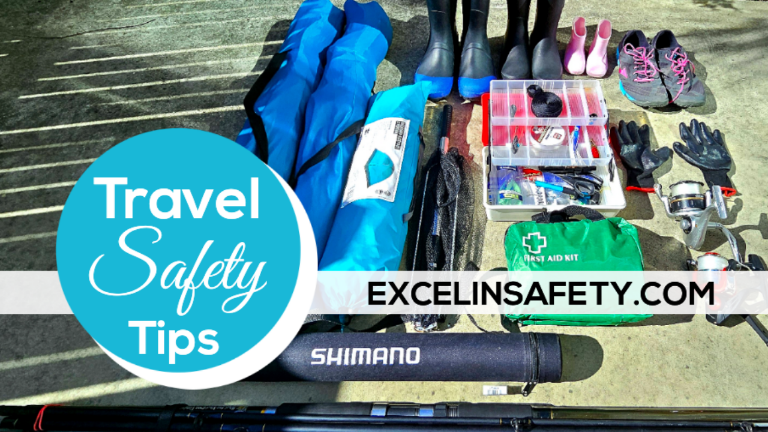One potential vulnerability of the QR code system for PPEs in the Philippines is the possibility of counterfeit or fake PPEs being issued with QR codes. This can occur when unscrupulous manufacturers or suppliers create QR codes for their products that do not meet safety standards, but are still able to pass inspections due to the presence of the QR code. Another vulnerability is the potential for QR codes to be duplicated or forged. In this scenario, the original QR code is copied and pasted onto counterfeit PPEs, making them appear legitimate even if they do not meet safety standards.
Moreover, the QR code system also relies on the accuracy and honesty of the PPE manufacturer, distributor, or supplier in providing information about the products. If they intentionally or unintentionally provide false information, this can compromise the safety of workers who rely on the PPEs. Additionally, the QR code system may also be vulnerable to cyber attacks or hacking, especially if the information contained in the QR code is not adequately protected by security measures.
Overall, while the QR code system for PPEs in the Philippines has the potential to improve safety in the workplace, it is not immune to fraudulent activities and requires careful implementation and monitoring to ensure its effectiveness. It is important for the government and private sectors to work together to address the vulnerabilities and strengthen the system’s security and reliability.








Leave a Reply
You must be logged in to post a comment.